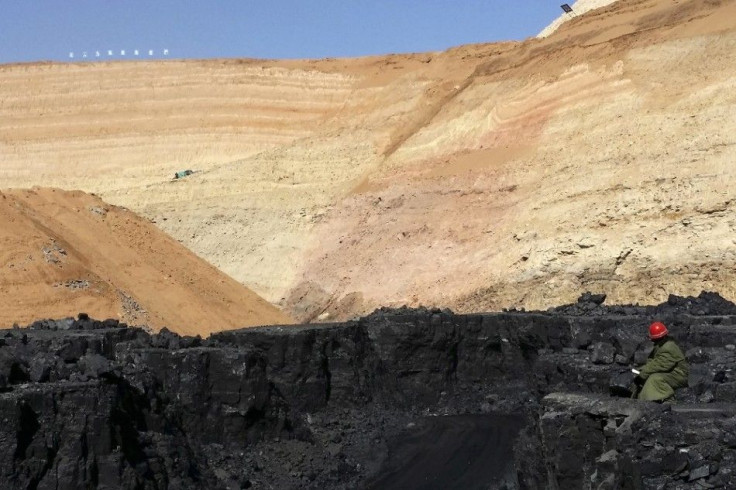Australia's Direct Action Climate Policy May Prove To Be A Disaster In Warmer Conditions

A leading climate think-tank has warned against Australia risking the failure of its most important test of “climate credibility this decade.” The Abbott government has recently published its issues paper about the country’s post-2020 emissions reduction target.
Since the Australian government is still considering its target, Prime Minister Tony Abbott may risk missing the March 31 deadline for developed nations to submit their targets for the international agreement. After evaluating the government’s issues paper, the Climate Institute said the government appeared to have based its discussion on a scenario that will result in 3.6 degrees Celsius of warming.
Climate Institute CEO John Connor said a world that has four degrees of warming would be “disastrous” for the country’s economy, environment and security. He added that the current global policies are putting countries right on track but unlike in Australia, big emitters of greenhouse gases are increasing their credible climate action.
The Climate Change Authority has previously said that Australia needs to reduce carbon emissions to 40 percent and 60 percent of 2000 levels by 2030 as its “fair share” in the global effort to reduce carbon emissions. The Climate Institute recommended a reduction of emissions below 2000 levels by 40 percent by 2025, reports The Guardian.
Previous reports have indicated that Australia remains committed to cut emissions by 5 percent from 2000 levels in 2020. The Abbott government’s Direct Action policy lacks the funding to meet even the 5 percent target based on independent modelling. However, the government has reiterated that it will achieve the goal by sticking to the policy.
Greens party leader Christine Milne has accused the Coalition of preparing an excuse for more coal mining and use of fossil fuels. She said the government’s announcement of a public consultation is a “sham.”
The Climate Institute believes that in order for Australia to catch up with the U.S. in emissions reduction, it has to reach a target of 30 percent by 2025. Connor said targets set by the U.S., EU and China will be achieved by modernising their economies and switching to clean energy.
To report problems or leave feedback on this article, contact: r.su@ibtimes.com.au





















